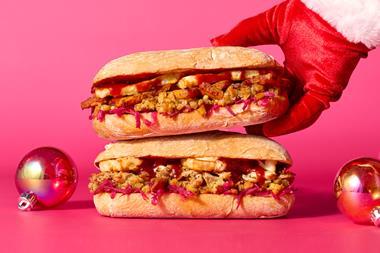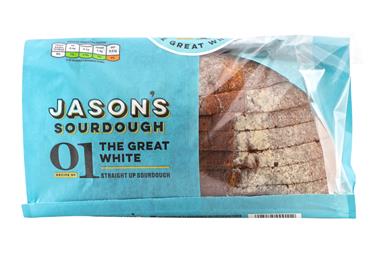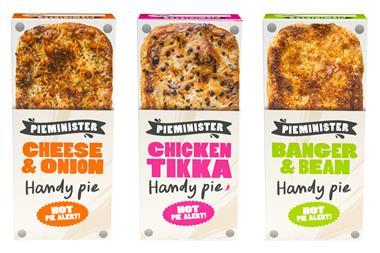Cake exports have fallen more than 6% year on year, in contrast to a 5.5% increase in total sales of UK food and drink overseas.
UK food and drink exports have risen from £5bn in the first quarter of 2017 to £5.2bn in the same period this year, according to HMRC figures. The strongest growth was seen in EU markets, where sales rose 8.2% versus a 1.2% increase in sales to non-EU markets.
However, overall cake exports declined 6.2% year on year in the quarter, from £56.7m to £53.2m. The decline was driven by a 42% slump in exports to non-EU countries, while sales to the EU, which accounts for almost 90% of total exports, up 2%.
Cake exports to Australia slumped by more than 50% over the quarter according to HMRC stats, despite the market proving lucrative for Premier Foods, which recently reported that Cadbury and Mr Kipling cakes were the main contributors to 81% revenue growth for the company in the region.
Bread exports, meanwhile, were static year on year in the first quarter.
The Food & Drink Federation is currently working with government to secure a sector deal for the industry. Among proposals are plans for how it could tap markets including Japan, where UK exports of food and drink have seen slower growth than exports to EU countries.
Among categories where exports to Japan have grown significantly are sweet biscuits, with sales up 119%. It is hoped the Rugby World Cup in 2019 and the 2020 Olympics in Japan will offer a chance to build trade ties between the UK and Japan.
“Food and drink exports showed continued growth in January to March 2018, based on robust demand for the UK’s high-quality products,” said Food & Drink Federation chief executive Ian Wright.
“Much of the demand comes from nearby markets, as demonstrated by strong growth to EU27 countries. There are also significant opportunities further afield.”
Free trade with the EU is a key demand in a manifesto for Brexit signed by more than 100 UK food and drink organisations last week.
































No comments yet